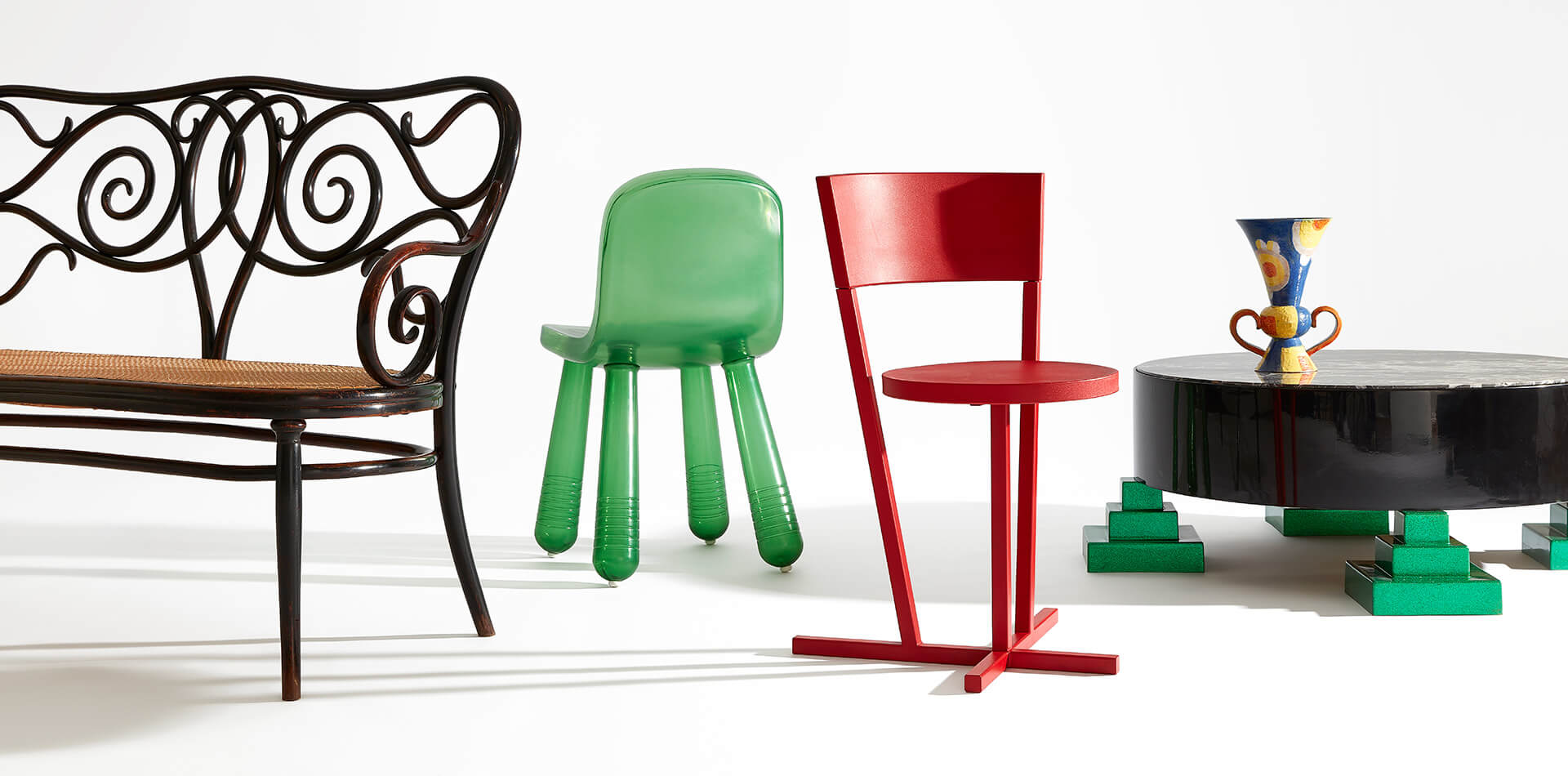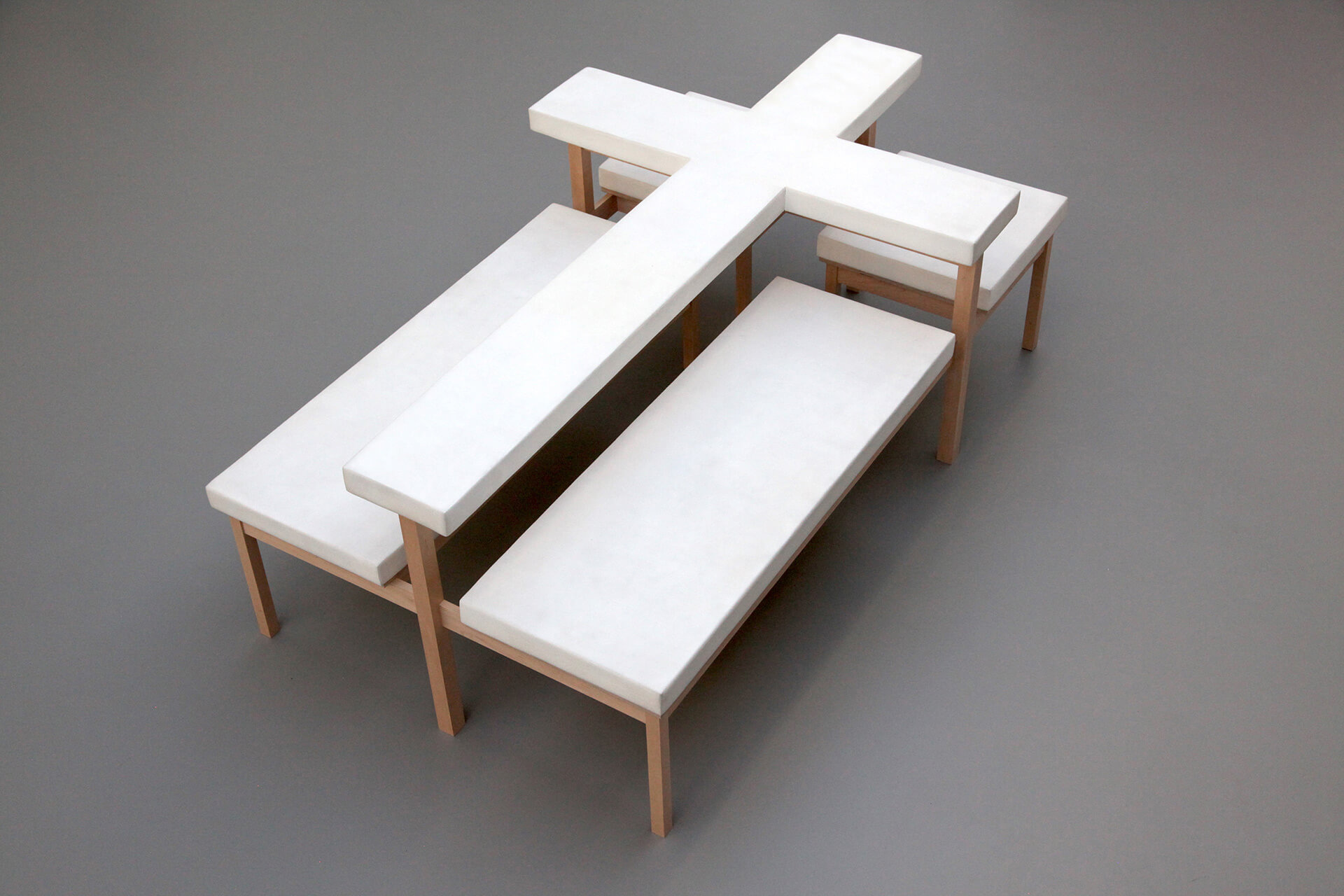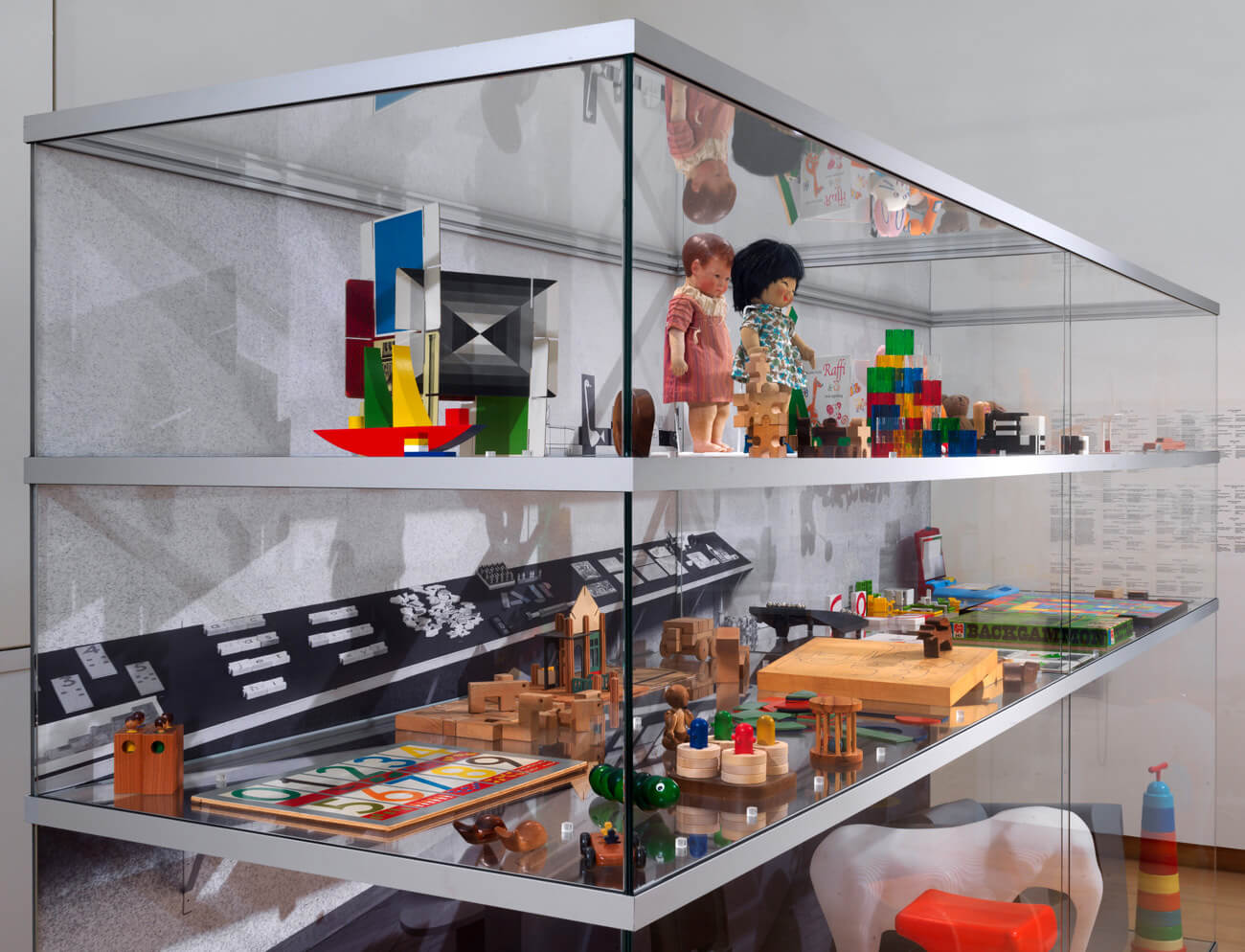Dutch Design Week 2025 to trace design from craft to collective experience
by Aarthi MohanOct 13, 2025
•make your fridays matter with a well-read weekend
by STIRworldPublished on : Aug 12, 2020
The Stedelijk Museum Amsterdam is hosting an extensive selection of design from its world-class collection in the exhibition titled, From Thonet to Dutch Design - 125 years of living at the Stedelijk. The exhibit celebrates both familiar designs from the museum’s interior design collection, which began in 1934, as well as new and unexplored gems of the Dutch design world. Featuring over 300 objects, the exhibition invites visitors to delve into the history of both Dutch design as well as the exhibition and collection history of the Stedelijk Museum, which is currently in its 125th year. From the Thonet brothers’ ‘Thonet bench’ (one of the oldest pieces in the collection) to ground breaking designs by Gerrit Rietveld, Charlotte Perriand, Verner Panton, Richard Hutten and Hella Jongerius amongst others, From Thonet to Dutch Design - 125 years of living at the Stedelijk honours fresh and visionary design talent.

Since the success of its first exhibition devoted to the design of children’s toys and furniture in 1965, Stedelijk Museum has made it a point to reserve a large gallery space for the designs for children. In the From Thonet to Dutch Design exhibit, this resulted in the curators honouring the work of Charles & Ray Eames, Victor Vasarely, Enzo Mari and Ineke Hans.

Other themes the exhibit focuses on include sustainability, inclusion and the democratisation of design. The Scrapwood Cupboard by Piet Hein Eek pioneers the use of sustainable raw material, the triumph of this design method reflected in its imitation across the world. The exhibition also touches upon the current global coronavirus pandemic, displaying survey results to convey how the crisis has impacted the world of design in the Netherlands.
Among those who exhibited at the Stedelijk Museum is Richard G J Hutten - a Dutch designer known for his subtle and playful approach to design. With a diverse portfolio ranging from furniture, product, interior, and exhibition design, the Rotterdam-based design exponent has received innumerable international accolades. While his work is held in the permanent collection of over 40 museums around the globe, Hutten holds the Stedelijk Museum close to his heart as it was the first place to showcase his first design called ‘Table-chair’, designed by Hutten at the age of 23.
While researching into living, Hutten conceived his table upon table concept in which he translated the taxonomy of the house – the floor, the room, the bed, the chair, and the cabinet into the form of an archetype table derived on human dimensions. The model represented one of the first formal inquiries into the relationship between architecture and furniture and formed the basis of number of Hutten’s future collections including the design of his functional, no nonsense ‘Table-chair’ exhibited at the museum.

In 1989, as part of his graduation work, Hutten launched the very first piece of his anti-decorative ‘no sign for design’ series the Table-chair. This design consists of two separate tables - a small table functioning as a stool to sit on, and a second table partly cut out to serve as an arm and back rest. Being the very first chair consisting of two distinct halves, Hutten’s Table-chair has evolved into an icon of the Dutch design industry.
Another one of Hutten’s pieces exhibited at the museum is his ‘Low-res Elephant’. Inspired by a toy elephant, this stool-cum-lamp is made up of a set of 3D strata, giving the impression of pixelated lines referencing its ‘low resolution.’ The sculptural light seat illuminates interior spaces, exuding a soft, warm glow, suiting the likes of both children and adults. The exhibition also features a unique sofa designed by Hutten in 1994 - 'The Cross' bench or ‘Crossing Italy sofa’. One of the only furniture pieces at the exhibition on which visitors are allowed to sit, Hutten’s sofa consists of a cross table and seating unit.

The interiors of the exhibition are decorated by artist-designer Bas van Beek, featuring ‘quotes’ from design classics and historical references on wallcoverings and animations. These, in continuum with the theme of Dutch design history theme, give each gallery room a distinct character and life.
The exhibition began on July 25, 2020, and is on until March 21, 2021.
(Text by Saamia Makharia, an intern at stirworld.com)
by Chahna Tank Oct 15, 2025
Dutch ecological artist-designer and founder of Woven Studio speaks to STIR about the perceived impact of his work in an age of environmental crises and climate change.
by Bansari Paghdar Oct 14, 2025
In his solo show, the American artist and designer showcases handcrafted furniture, lighting and products made from salvaged leather, beeswax and sheepskin.
by Aarthi Mohan Oct 13, 2025
The edition—spotlighting the theme Past. Present. Possible.—hopes to turn the city into a living canvas for collaboration, discovery and reflection.
by Anushka Sharma Oct 11, 2025
The Italian design studio shares insights into their hybrid gallery-workshop, their fascination with fibreglass and the ritualistic forms of their objects.
 surprise me!
surprise me!
make your fridays matter
SUBSCRIBEEnter your details to sign in
Don’t have an account?
Sign upOr you can sign in with
a single account for all
STIR platforms
All your bookmarks will be available across all your devices.
Stay STIRred
Already have an account?
Sign inOr you can sign up with
Tap on things that interests you.
Select the Conversation Category you would like to watch
Please enter your details and click submit.
Enter the 6-digit code sent at
Verification link sent to check your inbox or spam folder to complete sign up process



by STIRworld | Published on : Aug 12, 2020
What do you think?